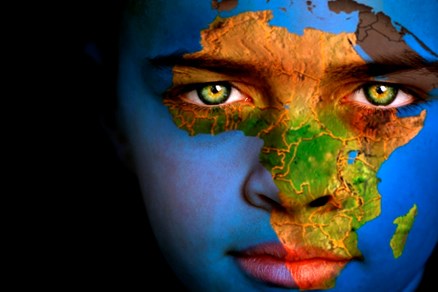As trade frameworks worldwide are being rethought, nations are asking themselves tough questions about the resilience of their economies. Across Africa, one of them is clear: will we continue exporting raw materials and importing finished goods, or finally build the industrial ecosystems we need to compete?
The ‘resource curse’ of many developing economies around the world is not new. Some of the biggest efforts to tackle this are focused on downstream processing of the minerals and metals driving emerging technologies. But in reality, reversing this phenomenon starts small.
Think of a T-shirt. It’s cotton, seams and a tag. You wear it without thinking. But in Africa, that T-shirt tells a deeper story of extraction without transformation, of opportunity without infrastructure, and of global demand met elsewhere. And it’s time for it to stop.
Exporting potential
Each year, Africa produces vast quantities of cotton — with around half coming from some of its poorest countries including Benin, Burkina Faso and Mali. Yet 90% is exported raw. The same cotton returns months later as finished garments. The result? More than $23bn in textiles, apparel and footwear imported annually and millions of potential jobs forgone.
This is not a trade imbalance: it is a structural dependency. Africa exports potential and imports value, a system that persists even as the rest of the world moves towards industrial sovereignty, shorter supply chains and regional production hubs.
Why is Africa still dressing itself in dependency in 2025?
Take Nigeria. A few decades ago, it had over 180 textile factories. Today, fewer than five remain. The country now spends $4bn importing textile each year, accounting for more than 90% of textile products in the country. This is an alarm bell. Textiles helped power the industrial revolutions of Great Britain, China, Bangladesh, and Vietnam. Why not Africa?
We have the cotton. We have the labour. We have the markets — both domestic and global. What’s missing is long-term investment, policy alignment and strategic intent.
But change is coming. Across the continent, industrial parks are being built not just to attract investment, but to reclaim entire value chains. The textile park at Benin’s Glo-Djigbé Industrial Zone has reportedly attracted $550mn worth of investment in its first years of operation, while the zone as a whole has created moer than 12,000 jobs. Global brands now source directly from the site. In Nigeria, we are building the $2.4bn Renewed Hope Giga Plant to produce 550mn garments per year.
These are not one-off projects. They are part of a continental strategy called the African Renaissance Textile Plan. Launched in late 2024 and with the backing of $5bn in finance, this plan will create 10 new industrial zones, 5mn jobs and $30bn in value retained annually within the continent.
Invisible industries
Walk through Paris or Milan and Africa is everywhere. It’s in patterns, designs and inspiration. But while the world wears our culture, our industry remains invisible. We export imagination and import products. That contradiction must end.
The timing could not be more critical. US Congress is reviewing the Africa Growth and Opportunity Act, which for the past 25 years has allowed duty-free imports on nearly 2000 goods — including textiles — from sub-Saharan Africa. Africa needs trade deals that incentivise value addition not just raw exports, and the AGOA presents an opportunity to pivot from access to transformation. As the rest of the world searches for resilient, diversified supply chains, they should be looking to Africa not just as a source but as a partner in production.
Turning Africa into a global textiles producer is no mean feat. Governments must back infrastructure and curb second-hand clothing imports which erode local competitiveness. Investors must look to African manufacturing not as aid but a frontier of growth. Entrepreneurs must drive the fashion economy of tomorrow. And African consumers, especially the diaspora, must wear their values. “Made in Africa” must not be a trend, but a standard.
So next time you pick up a T-shirt, ask: Was it made in Africa or simply made from Africa?
There is a difference. Because Africa’s industrial renaissance won’t be gifted, nor imported. It will be stitched, woven and worn.
The writer (Gagan Gupta) is CEO of Arise Integrated Industrial Platforms and chair of Equitane
fDi





















